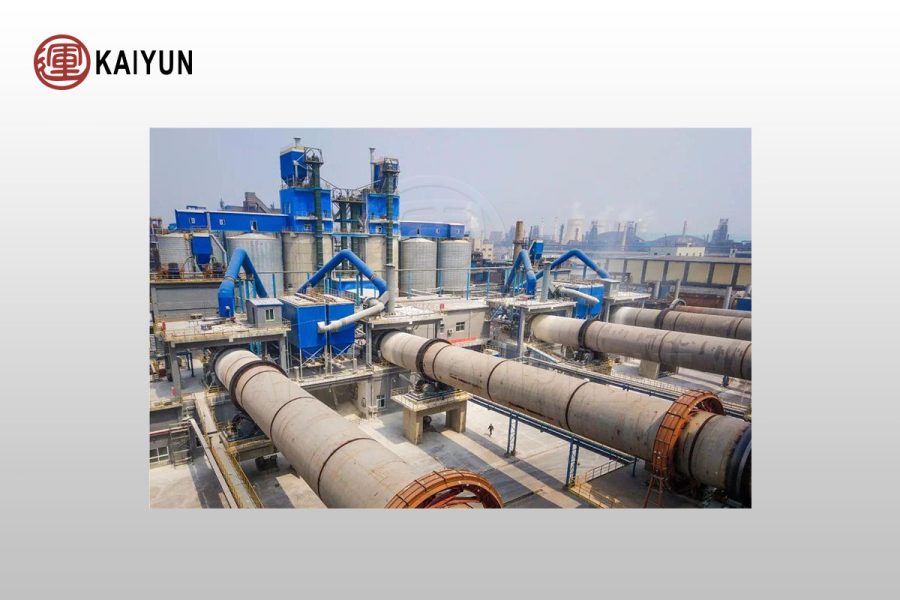Introduction
Gold sulfide (Au₂S) roasting method is a high-temperature oxidation treatment method. Through high-temperature roasting, the sulfur element in the gold sulfide is converted into gaseous sulfur dioxide (SO₂), and the gold is converted into an extractable oxidized state or metallic gold. This process is mainly used for the pre-smelting treatment of gold sulfide ore or gold-containing sulfides.
Scope of application
Applicable to the pre-treatment of gold sulfide ores to improve the gold extraction rate.
Applicable to the recovery of gold-containing sulfide waste, such as electronic waste or smelting residues.

Process principle
The roasting method uses high temperature and oxygen to oxidize gold sulfide and decompose the sulfide. The reaction is as follows:
Au2S+3O2→2Au+2SO2↑Au_2S + 3O_2 → 2Au + 2SO_2↑Au2S+3O2→2Au+2SO2↑
Under certain conditions, gold sulfide may also be oxidized to gold oxide first:
2Au2S+3O2→2Au2O+2SO2↑2Au_2S + 3O_2 → 2Au_2O + 2SO_2↑2Au2S+3O2→2Au2O+2SO2↑
Then, gold oxide decomposes into metallic gold at high temperature:
2Au2O→4Au+O2↑2Au_2O → 4Au + O_2↑2Au2O→4Au+O2↑
During the roasting process, controlling the temperature and atmosphere can avoid the volatilization loss of gold.
Process flow
The roasting method for treating gold sulfide generally includes the following steps:
(1) Raw material preparation
The gold sulfide ore or gold-containing sulfide is crushed and ground to improve the roasting efficiency.
The ore particle size is properly controlled (generally <100μm) to increase the reaction rate.
(2) Preheating and roasting
Roasting temperature: 500-800℃, the specific temperature depends on the properties of the ore.
Oxidizing atmosphere: Provide sufficient oxygen to promote the oxidation of sulfides.
Equipment: Rotary kilns, boiling furnaces or multi-hearth furnaces are commonly used for roasting.
(3) Gas treatment
The generated SO₂ gas can be converted into sulfuric acid by wet absorption (such as lime slurry method) to reduce pollution.
(4) Roasting slag treatment
After roasting, gold exists in metallic or oxidized state, and can be extracted by cyanide leaching, flotation or direct smelting.
Equipment selection
Common roasting equipment includes:
Rotary kiln: suitable for large-scale processing, uniform temperature, stable operation.
Fluidized bed furnace: suitable for fine-grained materials, fast roasting rate, high thermal efficiency.
Multi-chamber furnace: suitable for step-by-step roasting of complex ores, easy to control the reaction process.
Process advantages and disadvantages
Advantages
Simple operation, suitable for large-scale production
Can effectively remove sulfur and improve gold recovery rate
Can be used in conjunction with hydrometallurgical or pyrometallurgical processes to recover gold
Disadvantages
High energy consumption due to high temperature, high equipment investment
Need to treat sulfur dioxide waste gas, high environmental protection requirements
May cause gold volatilization loss, need to optimize temperature control
Environmental protection and safety
SO₂ emission control: need to be equipped with desulfurization equipment (such as wet absorption) to reduce pollution.
Prevent gold loss: avoid excessive temperature leading to gold gasification loss.
Safety measures: Protective measures must be taken during high-temperature operations to avoid leakage of sulfur-oxidizing gases.